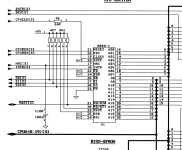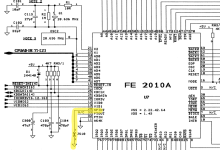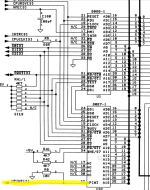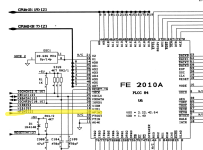Chuck(G)
25k Member
Well, here's an old thread where MCPDIAG fails on a Juko MB with V20 or 8088 installed.
Last edited:
| VCF West | Aug 01 - 02 2025, | CHM, Mountain View, CA |
| VCF Midwest | Sep 13 - 14 2025, | Schaumburg, IL |
| VCF Montreal | Jan 24 - 25, 2026, | RMC Saint Jean, Montreal, Canada |
| VCF SoCal | Feb 14 - 15, 2026, | Hotel Fera, Orange CA |
| VCF Southwest | May 29 - 31, 2026, | Westin Dallas Fort Worth Airport |
| VCF Southeast | June, 2026 | Atlanta, GA |
great find thanks! Good to know my use case on Z171 isn't necessarily defective. The thought of disassembling MCPDIAG is unappealing. After reading that application note for 8087, it seems like the best option for dealing with the interrupt may be to leave it disconnected altogether.. since there is likely no facility to deal with MCP exceptions via software interrupt built into a machine that was never intended to support a math coprocessor. My current dual socket adapter is a hand made thing; not the cleanest implementation, and I notice some ringing on the datapath.. I may spin a small board to see if better signal quality, and possibly that is related to the strange MCPDIAG test results. Stab in the dark but a nice board is better anyhow.
Next project-- convert the Z171 from 640kB of DRAM into 1MB of SRAM. Next Next project... increase clock from 4.77MHz to 9.54MHz.
Side note. I notice that the Z171 displays the odd random character on the screen when using V20.
There are several versions of MCPDIAG. Some complain about "integrity test" on XT machines (8087) and do not on ATs (80287/387/487), some output the same error on AT machines and not on XTs. I can make some tests and upload here the one that works fine on XT machines if someone is interested. I like MCPDIAG because it loads the FPU for 5 minutes and it often discovers problems when FPU is overclocked/overheated. I don't like MCPDIAG because it is tightly "hardwired" by using vectors that only Intel and licensed by Intel FPUs produce and it simply does not run on NPUs designed by Intel's competitors that produce slightly different results but otherwise work perfectly.
Hi, as requested here is a version that works fine on XT with me. MCPDIAG does its 5 min. iterations automatically when no error is detected upon its start.
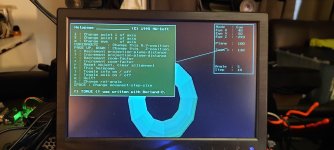

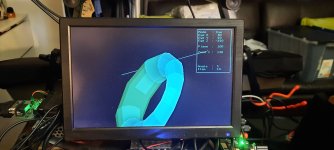
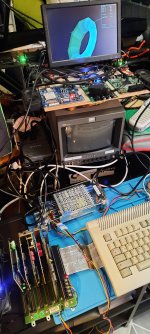
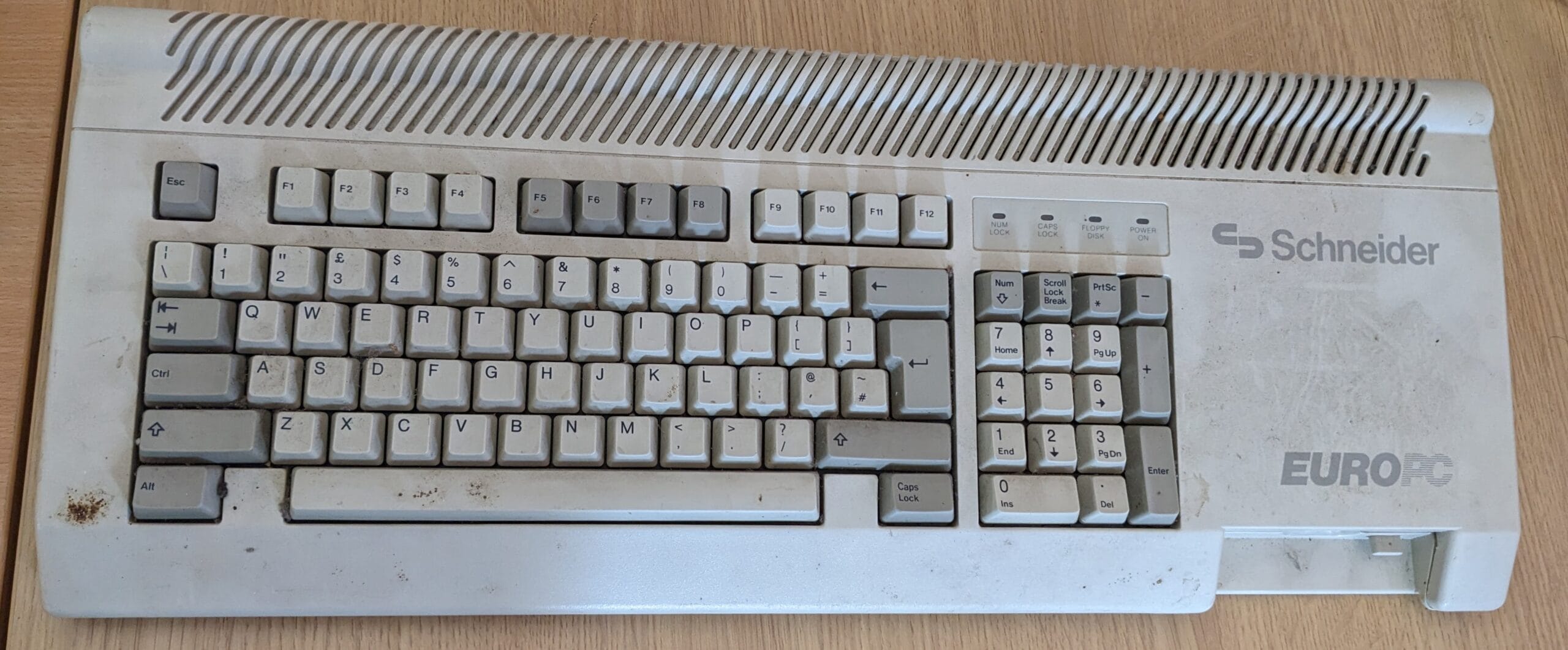
 linuxjedi.co.uk
linuxjedi.co.uk

